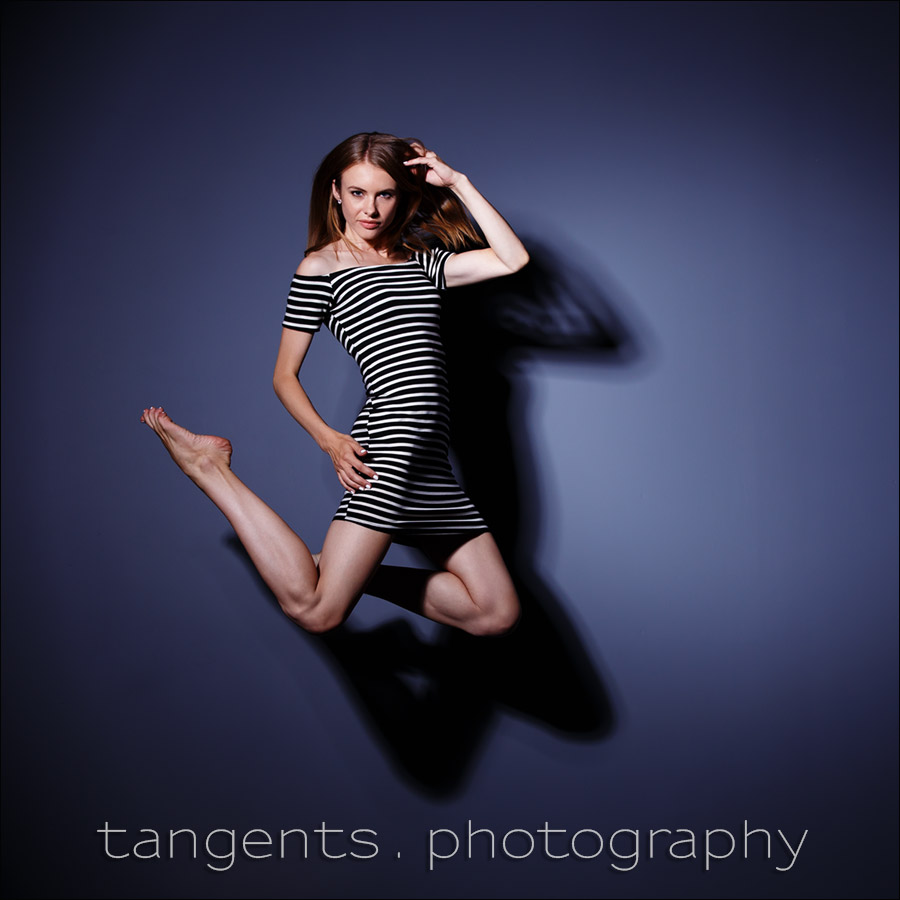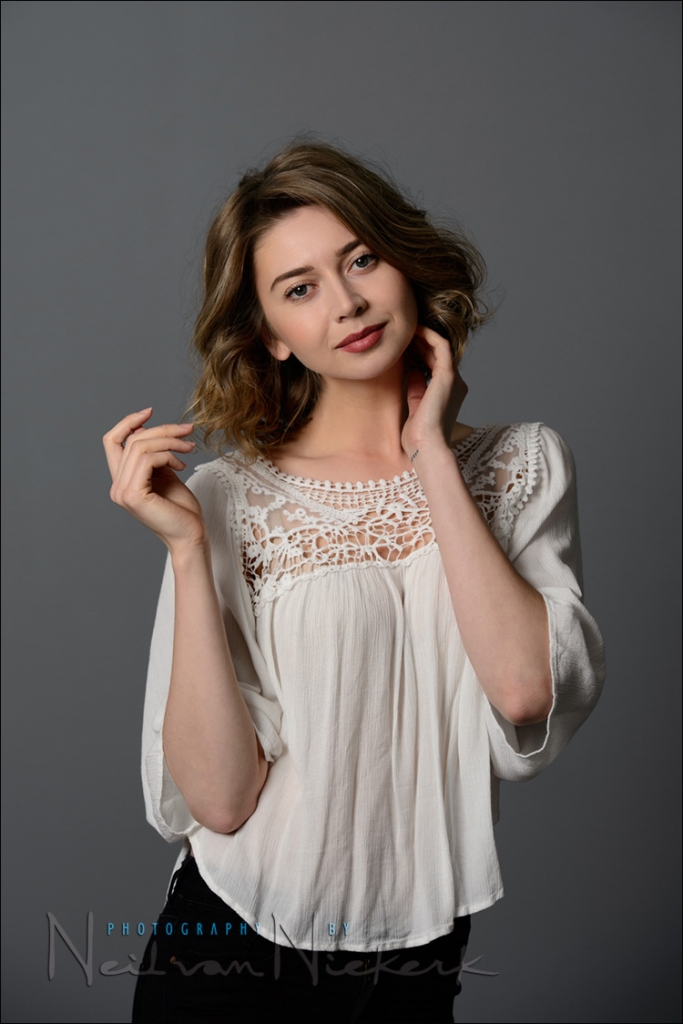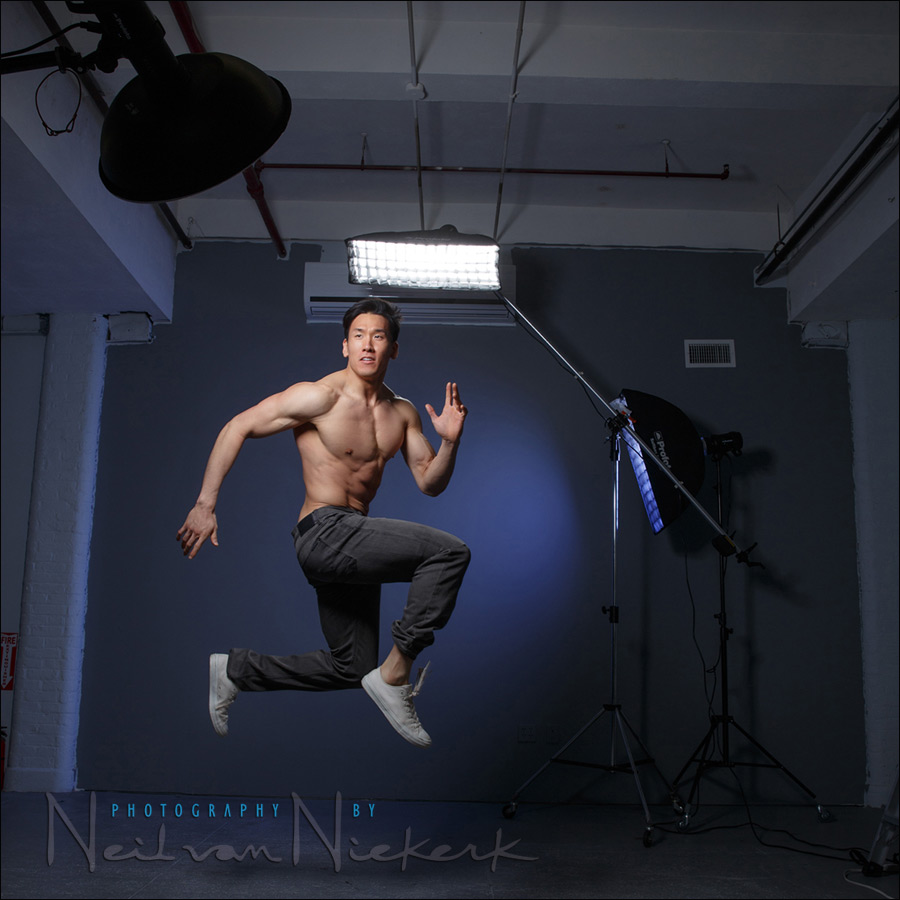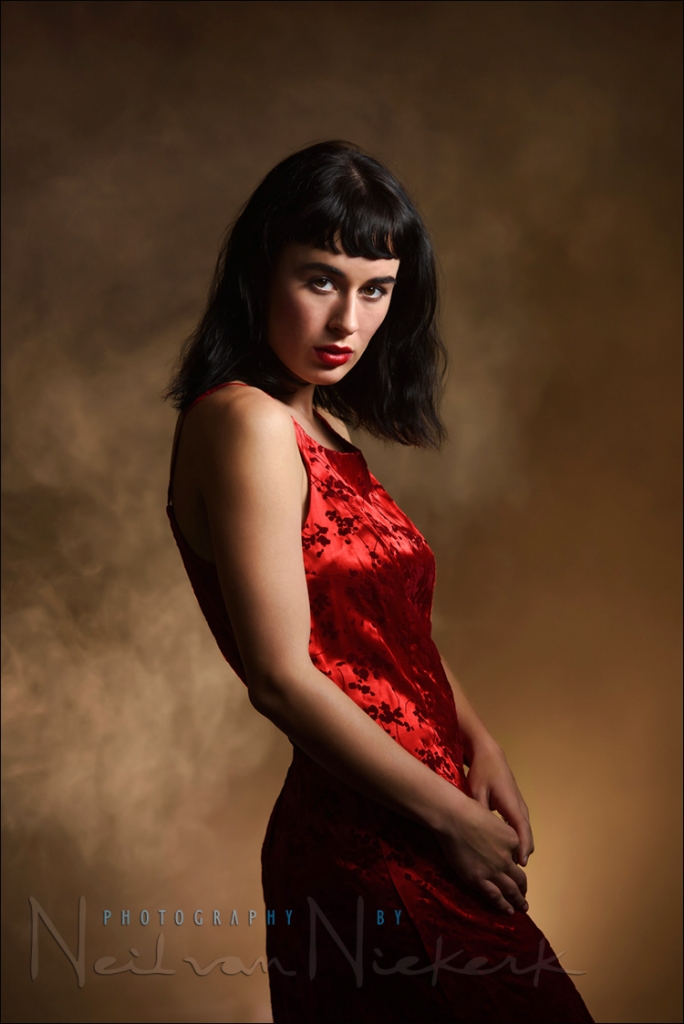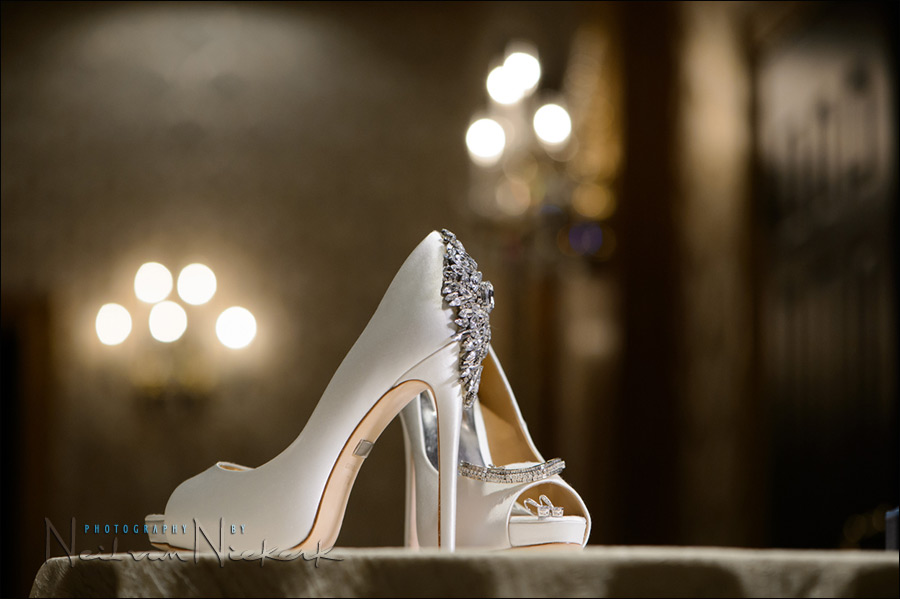Gear list – Starting out with off-camera flash
Gear list - Starting out with off-camera flash
You can get great lighting with just on-camera bounce flash when shooting indoors, as shown in this related article - Lighting with bounce flash. But at some point you might want more flexibility and consistency. Or you might run into problem scenarios with bounce flash, such as colored walls and ceilings. Or you might run into a situation where you can't use any bounce flash at all, and the available light isn't ideal. Then it is time to step it up with off-camera flash. Starting out with off-camera flash photography might seem Read more inside...Photo shoot: On-location lighting problem solving
Photo shoot: On-location lighting problem solving (with Profoto)
When I photograph on location, many of my decisions on the technical stuff like camera settings and lighting, are based on common sense algorithms. Max flash sync speed, choice of aperture, and direction of light. That forms the basis of decisions, but just as often we, as photographers, have to adapt and go into problem-solving mode. Here's an example during a photo shoot where I had to come up with a different way of using my off-camera lights. It was a big deal for me when I was asked by the management of Home Read more inside...Lighting an on-location Fashion shoot
Lighting an on-location Fashion shoot
Bringing just the necessary photo gear and lighting gear to an on-location shoot, is balanced by the need to bring enough to cover any eventuality and possibility. A tough balance between risking not having the right gear, and being laden down with too much gear. I had the interesting opportunity to work with my friend Daniel Featherstone, and collaborate him with him on the lighting during his photo shoot for New York Fashion designer, SR1990. (The day-long photo shoot was at Opus 40, where I shot also some B&W infrared images during Read more inside...Fitness photo session in the studio
Fitness photo session in the studio
There are always many other ways to light your subject, whether on location or in the studio. With Fitness photography though, you do want to show off the physique of your subject - and this does mean strongly directional light. The main light can be a harder / smaller light source, or even a larger light source such as a softbox, but generally you do need to go for directional light that skims across the physique of your subject. Flat lighting is going to be a difficult approach here. This previous article - Chiaroscuro lighting - shows another Read more inside...Headshot photography – Clam-shell lighting setup
Headshot photography - Clam-shell lighting setup
There isn't only one correct way of lighting portraits or headshots. There are numerous ways to attractively light your subject. My favorite go-to lighting setup involved the large Profoto 5' Octa Softbox, which allowed me fine control over the contrast, by having my subject move slightly forward or back, or rotating slightly. (The linked article explains more.) Using the 5' Octabox though, meant that I had to shoot around the massive light modifier. A simpler way of shooting, which allows me slightly more freedom in how I moved, Read more inside...Softboxes with speedlights
Softboxes with speedlights for on-location lighting
Off-camera flash is the easiest way to create dynamic lighting - and using a speedlight with a softbox, is on-location lighting at its most elegantly simple. For most of my on-location portraits, I like to travel (fairly) light, and my lighting of choice is a speedlight, wireless transmitters and a softbox. The softbox is either held up by a light-stand (which I weight down with my camera bag), or held up by an assistant (with the softbox on a monopod.) I like TTL flash - it often gets us there faster than manual flash. But for Read more inside...Dramatic portraits of kids – Lighting and intent
Dramatic portraits of kids - Lighting and intent
When photographing portraits of someone, we can only leave so much up to serendipity. Deliberate action produces deliberate results. While things don't always work out to plan, having a plan helps propel things in a certain direction. With that, we need to be able to pre-visualize the photographs we want. We need to shoot (and use light) with purpose. Even if you are just experimenting and playing with your camera and lighting, you will fare better if you have some intended result in mind. Always that question in mind - what is it Read more inside...Flash photography – Changing the background color with gels
Flash photography - Changing the background color with gels
One of the biggest challenges when working in a studio, is that you're essentially shooting in a plain rectangular box. When photographing portraits, the two obvious ways out of that is to create an interesting (or complementary) background, and then to create interesting (or flattering) lighting. The lighting itself need not be complex. For this series of portraits of Olive, I used the gridded 1' x 6' softbox. By swinging it horizontally or vertically (or diagonally), I can change the way the light falls on my subject Read more inside...Video lights for wedding details
Video lights for wedding details
A versatile lighting tool that is always in my camera bag - a video light. With a video light you can localize how you light up something like details at an event. Unlike bounce flash, it doesn't light up the entire scene - just where you point the video light at. Eg: bounce flash vs video light. I love LED video lights (affiliate), since they are compact, don’t run hot, and the color balance can be continuously changed from 3200K tungsten (Incandescent) to 5600K Daylight. Light is produced flicker free at any frame rate or shutter Read more inside...- « Previous Page
- 1
- 2
- 3
- 4
- 5
- 6
- …
- 22
- Next Page »
